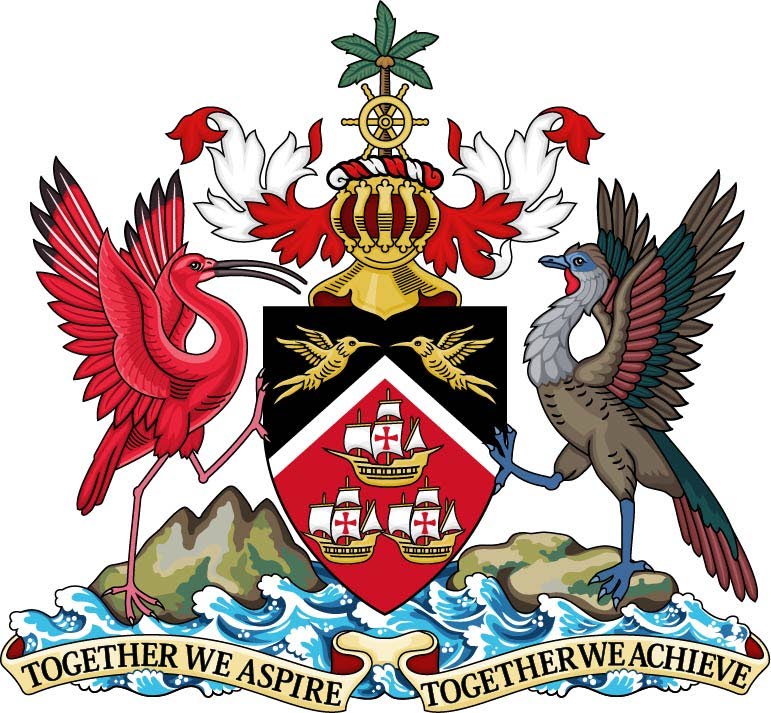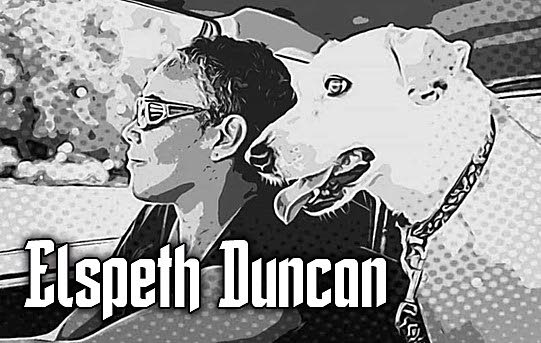The coat of arms pandemonium

RECENT debates have been taking place concerning the national coat of arms and the proposed removal of the three ships (the Santa Maria, Pinta and Niña) – to be replaced by the national instrument, the pan.
I never paid much attention to the Trinidad and Tobago coat of arms, other than being aware that it is stamped on everything of national significance – money, passports, ID cards, birth certificates, signs on government buildings, etc. Imagine the expense of changing all of that and more to create a new "with-pan" design.
The three ships are a part of the design that I see, yet do not see – a detail learned about in primary school and thereafter forgotten, perhaps because the ships do not have any impact on or relevance to my life.
If you google and explore the insignias of various countries around the world, you will find that some have what is referred to as a "coat of arms," some a "national emblem," some a "seal."
In looking at the global array of designs online, the one that jumped out at me was the Argentinian coat of arms. It is as simple as two hands (said to represent "friendship, peace, unity, and brotherhood") united in a handshake, while holding what looks like a pole that extends into the sky-blue upper half of the elliptical shape. Atop the pole is what appears to the uninformed eye, to be an all-red Santa Claus hat – but is really what is known as a "Phrygian cap," a symbol of freedom. The entire design is framed by leaves and has a rising sun at the top, a symbol of the rising of Argentina – apparently as was described in a line of the first version of its national anthem: "A new and glorious nation rises to the surface of the Earth." I appreciate that Argentina’s design appears almost hand-drawn in its simplicity and is something that even a child could reproduce if asked to.
This is in stark contrast to the coat of arms of TT, which is somewhat intricate.
An explanation of our national coat of arms says: “The helm is a gold helmet facing front which represents the Queen.”
Interestingly, that crown/helm is not being debated – even though it is of "the Queen."
Various voices have been raised in protest over aspects of our nation that record, represent or uphold colonial "remnants." For example, the name of King George V Park was changed to Nelson Mandela Park. At one point, suggestions were even being made to change the name of Queen’s Park Savannah, to separate it from the concept of the monarchy.
Why, then, does the helm remain on the emblem if traces of colonialism are increasingly not welcome in our national names and imagery? A "coat of arms," in the first place, is a European concept, linked largely to royalty.

The online write-up on our coat of arms also states that the three peaks commemorated Columbus's decision to name Trinidad after the Blessed Trinity. If Columbus's three ships are an issue, would the fact that Columbus named Trinidad also offend, to the extent that the name of this country will one day be changed back to what the Amerindians called it (Iere), with Tobago being referred to as "Tabaco"? And in such an instance, would the coat of arms then be amended to include an Amerindian symbol, since they were here first – before Columbus and his ships and before the inventor/s of the steelpan?
Personally, I disagree with the pan being included in the design. Apart from the helm, the rest of the coat of arms features natural elements – birds, mountains, plumes/feathers, a palm tree, waves. If the design is really going to be altered, it would therefore be more fitting to put a flower at the centre – especially as Trinidad is so multicultural and not everyone will feel represented by "the pan." Nature transcends race, heritage, culture, etc.
The ships-vs-pan hullabaloo caused me to examine the design of the national coat of arms more closely and raised a question – why is the foot of the cocrico lower down on the crest than the foot of the scarlet ibis?
Will this create yet another debate, with Tobago feeling that Trinidad always places it on a lower footing, dominating and causing subjugation, when really there should be autonomy? Would that then mean that Tobago will demand its own "national" emblem?
What a "pan of worms" has been opened.

Comments
"The coat of arms pandemonium"